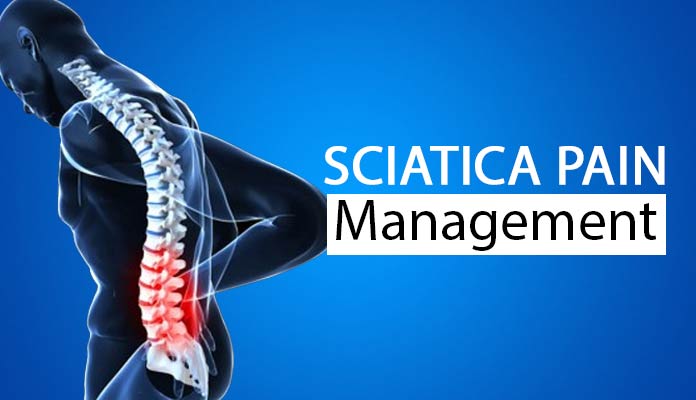
DAVE WATTS, MD
Orthopedic Surgeon
How to Manage Sciatica Pain?

Sciatica pain makes the life of a person very difficult. The pain makes it difficult for the person to move and perform their routine activities.
There are different approaches used to treat the sciatica pain. There are various non-surgical remedies available for sciatica pain. Exercise can also help the patient relieve their suffering.
In some conditions the pain becomes unbearable, and medicine has no effect on it. In such cases, the orthopedic doctor will advise the patient to follow a structured plan for getting better results.
Non-Surgical Methods of Treating Sciatica
These are some of the common non-surgical sciatica treatment methods advised by the physician.
Pain Medications
The prescription medicines recommended by a doctor help relieve the pain of the patient. Different types of medications prescribed by the physician include naproxen, ibuprofen, and oral steroids. These medications help reduce the inflammation causing the pain. In some cases, the orthopedic doctor may also recommend the use of muscle relaxants or narcotic medicines. These drugs only provide short-term relief to the patient.
Application of Heat or Ice
In the case of severe sciatica pain, the doctor recommends the application of ice packs and heat. The use of ice and heat helps alleviate pain in initial phases of sciatica pain. The doctors usually recommend the patient apply the ice and heat after every 2 hours for 20 minutes. Some patients prefer to have the ice first yet others want to use heat.
Epidural Injections
The doctor administers an epidural injection in case of extreme pain. The epidural injection helps reduce the inflammation. In some cases, injection is more efficient because it directly goes into the affected area around the sciatic nerve. The injection helps reduce inflammation responsible for compressing the sciatic nerve. Epidural injections’ effects vary from one patient to another regarding the result. Doctors sometimes advise the patient’s epidural injections to facilitate them with rehabilitation exercises.
Manual Manipulation
The manual adjustment and manipulation of the spinal cord by a trained chiropractor can help relieve the pain. The aim is to align the columns of the spine cord better to reduce compression on the sciatic nerve. Chiropractic alignment of the spine can help treat many underlying conditions of the spinal cord responsible for sciatic pain. Manual manipulation helps create a more facilitated healing environment for the patient.
Acupuncture
Acupuncture is aimed to achieve patient’s wellbeing by the use of open flow energy. The acupuncturist uses hair-thin needles to insert into the skin around the pain area. The FDA in the US has approved the acupuncture as an authentic method of relieving the pain.
Therapies
The doctor may ask the patient to have cognitive behavior or massage therapy.
Cognitive therapy helps the patient overcome negative behaviors to help better manage sciatica pain. These sessions can sometimes assist in the short term to overcome the sciatic nerve compression pain.
Massage therapy usually offers some different advantages to the patient including muscle relaxation, improved blood flow circulation, and release of endorphins.